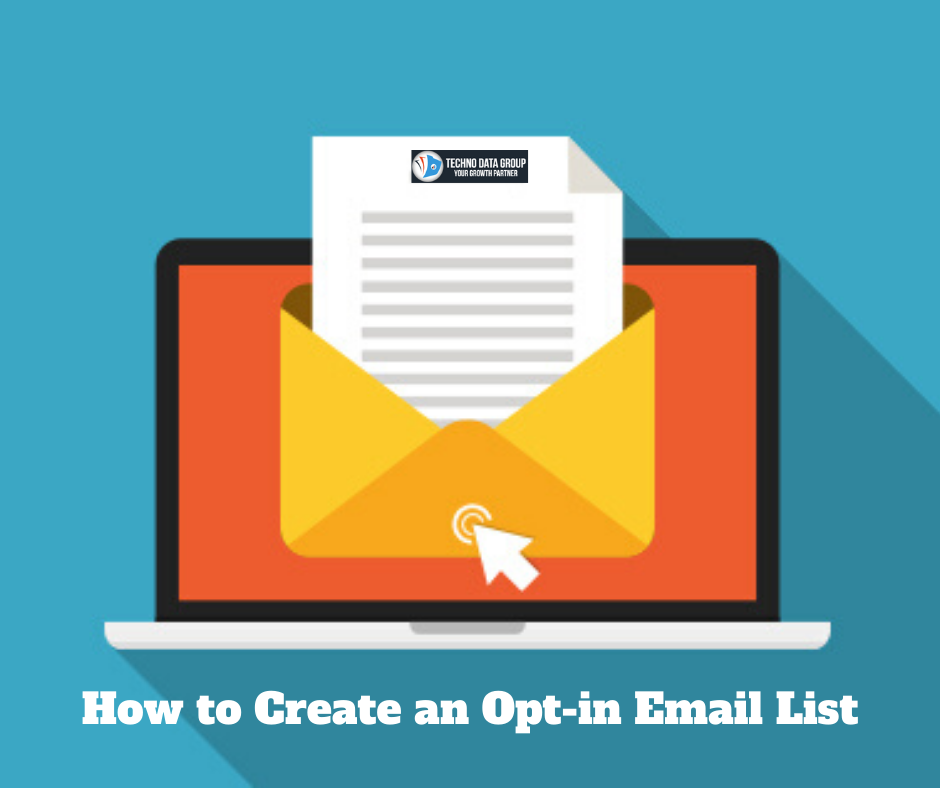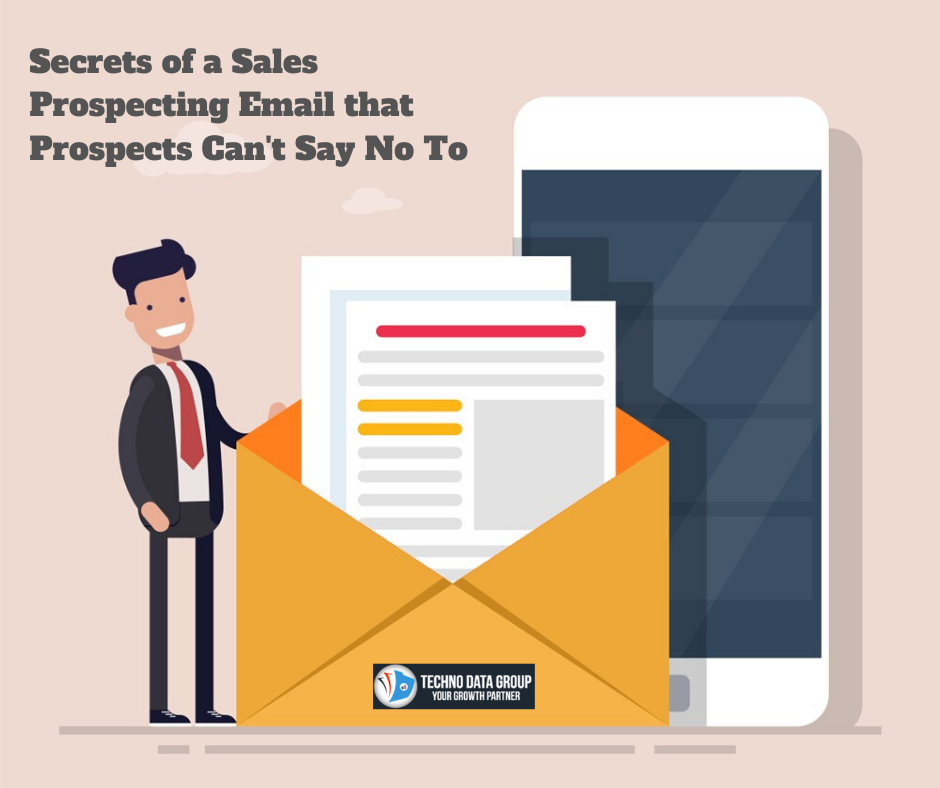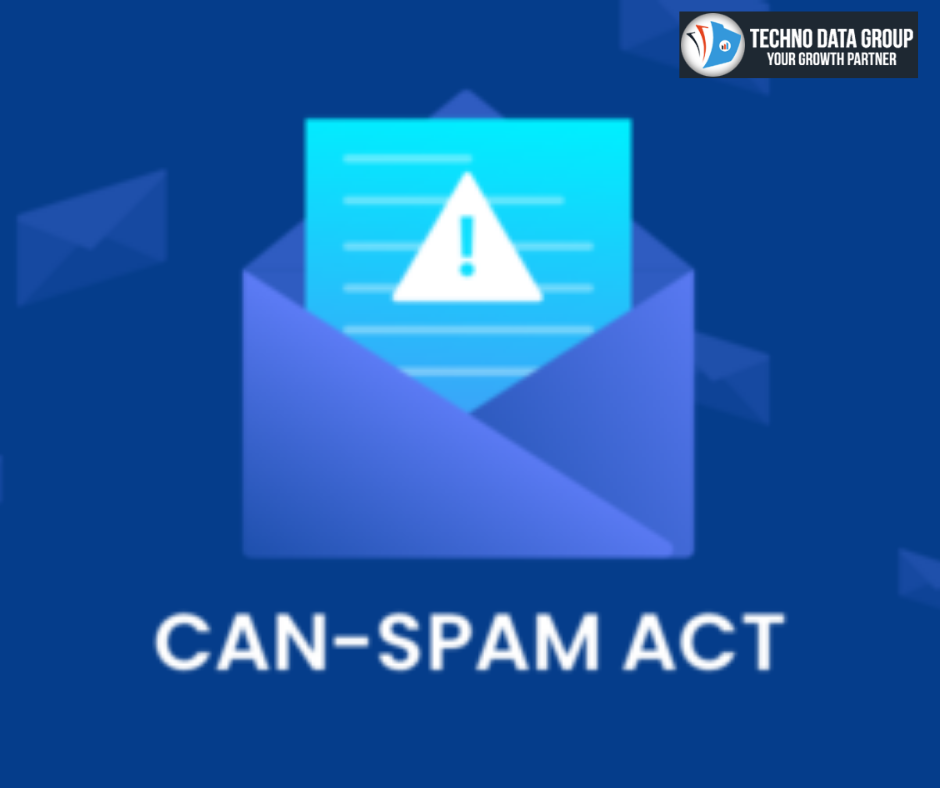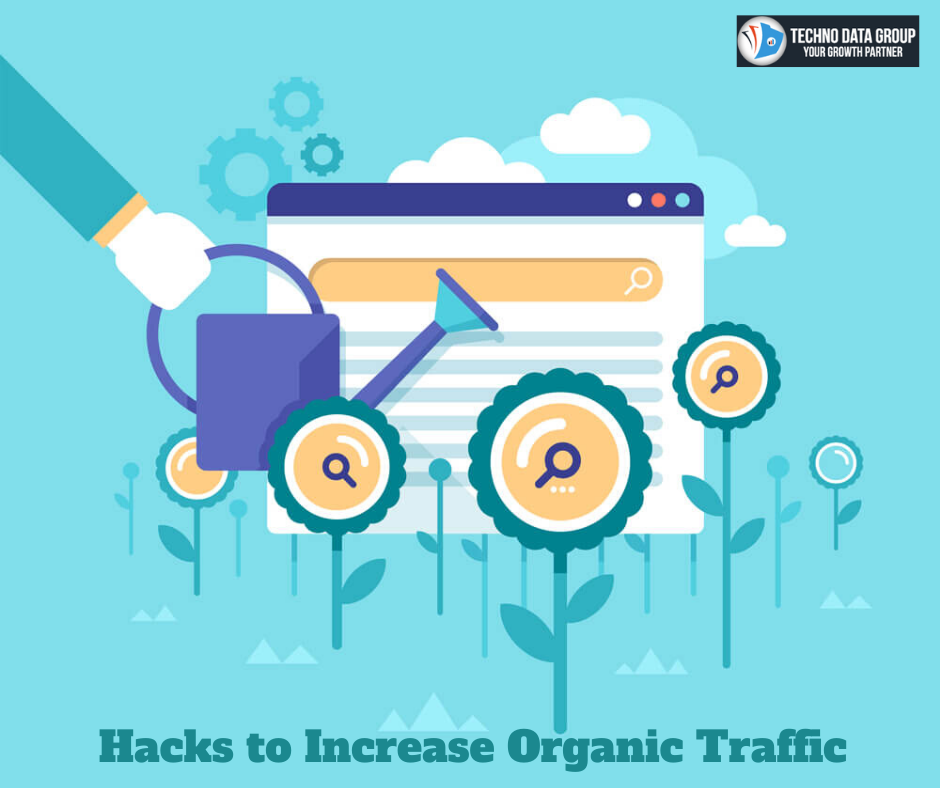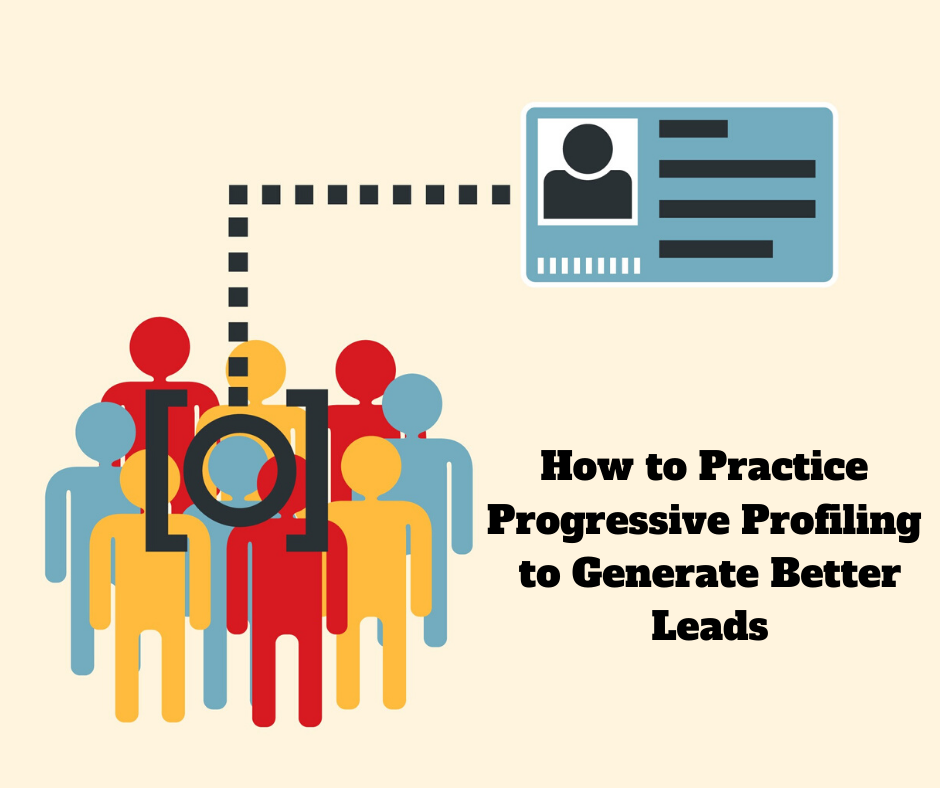What Do Publishers Want From an Email Pitch?
Producing your content in front of reporters and influencers is difficult. Not only does it have to attract your target audience, be of a particular quality and be available at the right time, but it's also got to be selected up by the appropriate person.
We have all spent countless hours pitching to journalists, bloggers and influencers over the past few years and have had some significant learning trajectories along the way.
The truth is that there isn't a one-fits-all email guide that will get you a confirmed reply. If it was that simple, we'd all be becoming highlighted on The Guardian and the BBC.
Whilst I can't give you a sure-fire way to get a reply from your content pitches, I can share with you a few tips:

Content Marketing Strategy?
By studying a publications About page or media kit, you can get data about its audience, and allocating some time on its site can present you an idea of what types of the subject it publishes and, often, how that content works with its readers.
With this data in mind, evaluate your personal content strategy to decide whether your acumen aligns with this publication and would be relevant to its users.
Conclusions from yearly research, which covers acumens from editors at online publications across industries, unveil that new views and expert insights are the most significant reason editors allow guest content.
For you to deliver that to an editor, your skills have to synchronize with what a publication incorporates and give value to its readers.
Ensure your email ends in the editor's inbox and doesn't bounce by utilising an email finding tool.
And according to research, there is plenty of possibilities to do precisely that: 76 per cent of editors publish between 1 and 10 guest posts each week, and 94 per cent of editors say that they are thinking to enhance or support the actual amount of guest content they publish this year.
The right editors and publications exist, and they are looking for appealing, appropriate content you just have to do your groundwork first.
Top Elements of a Powerful Pitch Email
Before you can commence developing connections with editors at your preferred online publications, it is vital to learn how to pitch your content and yourself to them. Here are some key components of powerful email pitches that will start you off on the best foot:
Detailed Subject Line
If a publication allows guest posts, its editor apparently gets hundreds of pitches each week, and the first portion of the pitch she notices is the subject line. So keep it brief, riveting, and perfect. An email with a subject line that indicates to the editor what to estimate and gives her an impression of the articles content is one she will desire to open.
Friendly, Personal Introductione
Approaching the editor by name reveals that you care enough about the connection to take the time to investigate her and get her name correct.
Feel free to get approachable and ask how her week is going or pitch in a cheerful greeting. After addressing the editor, quickly present yourself, your company, and why you are contacting her.
I stress quickly here because you do not want to jump right into your article without presenting yourself, but you also do not want the majority of the email to be all about you, either.
Keeping your introduction real and to the point generates a fabulous chance to start developing trust with the editor.
Article Outline
In the body of your email, present a brief synopsis of the article you are pitching. In it, be sure to incorporate the key selling points and something that will pique the editors attention.
By doing this, your email will be simple to understand, will preserve the editors time, and will let her to immediately evaluate whether your article will actually help the publications readers.
Exclusive, Non-promotional Content
Editors do not want content that is being written by rival publications; they want users coming to their publication for content that can only be seen there.
It is noteworthy for you not to pitch multiple editors the identical content and to make it crystal clear to the editor you are pitching that the content you are sending is exclusive to her publication.
You also want to ensure that your content is not too promotional.
According to The State of Digital Media 2018,79 per cent of editors say that excessively promotional content is one of the biggest difficulties with the guest content pitches they receive.
Remember, these editors want content that enlightens their readers and gives them a new outlook, not sales pitches for your service or commodity.
Respect for the Editors Schedule and Preferences
Finally, your email should recognise the editors hectic schedule, explain your readiness to collaborate with the different items on her agenda, and suggest a date by which you will follow up.
This will expand the trust you began building with your personal introduction and private content, and it indicates your responsibility for the content you pitch.
The Incorrect Way to Pitch Online Editors

The subject line is not appealing: As I stated earlier, publication editors can get hundreds of pitches every day. A poor subject line does not give an editor any motivation to even open the email, let alone persuade him to receive your pitch for a guest post.
The introduction is inconsiderate: In your study of the publication, you should be able to obtain the name of the section editor to whom you are pitching your content. If you can get it, utilise it. Missing to include the editors name is discourteous, and it gestures that you could have recklessly sent this email to any editor or publication.
The body of the email is obscure: If you do not offer any synopsis of the article, the editor has no way of instantly judging whether this content will be a great fit for his publication and be worthy to its readers, and he will move on to the next pitch in his inbox for someone who did.
The deadline is unjustified(and impolite): Demanding a review that soon after you pitch your content is offensive because it hints that you think this article is more essential than anything else the editor is doing.
Devising the Perfect Pitch (Or the Right Way to Pitch Online Editors)
As a universal law, all of the content pitches that we craft will comply with the following directives:
If one of these signals can not be ticked off then you need to reassess your strategy.
On top of that, you need to be considering how you can enhance the way you pitch over time.
Make sure that you are gauging what is working and what isn't so that you can cultivate and enhance your pitches in the future.
Another suggestion that I would give is to try and contact people through social media first.
Usually, people utilise Twitter for this and will just comment on something that they have written in the past to start developing compatibility with them.
This can then result in a conversation where you ask if it is fine if you email them - this will substantially grow your email open rates.
On top of this, it is essential to understand that you are not always going to get content placed on the first trial.
Plan thoroughly in advance and start contact with your targets a good time in advance of when you are looking to gain placement.
You may notice that if your pitch is great but they do not have a necessity right now then you can just keep that connection ticking over and reconsider it in the future.
Contact Us:
Telephone: (302) 268 6889
Email: [email protected]
Website: www.technodatagroup.com
